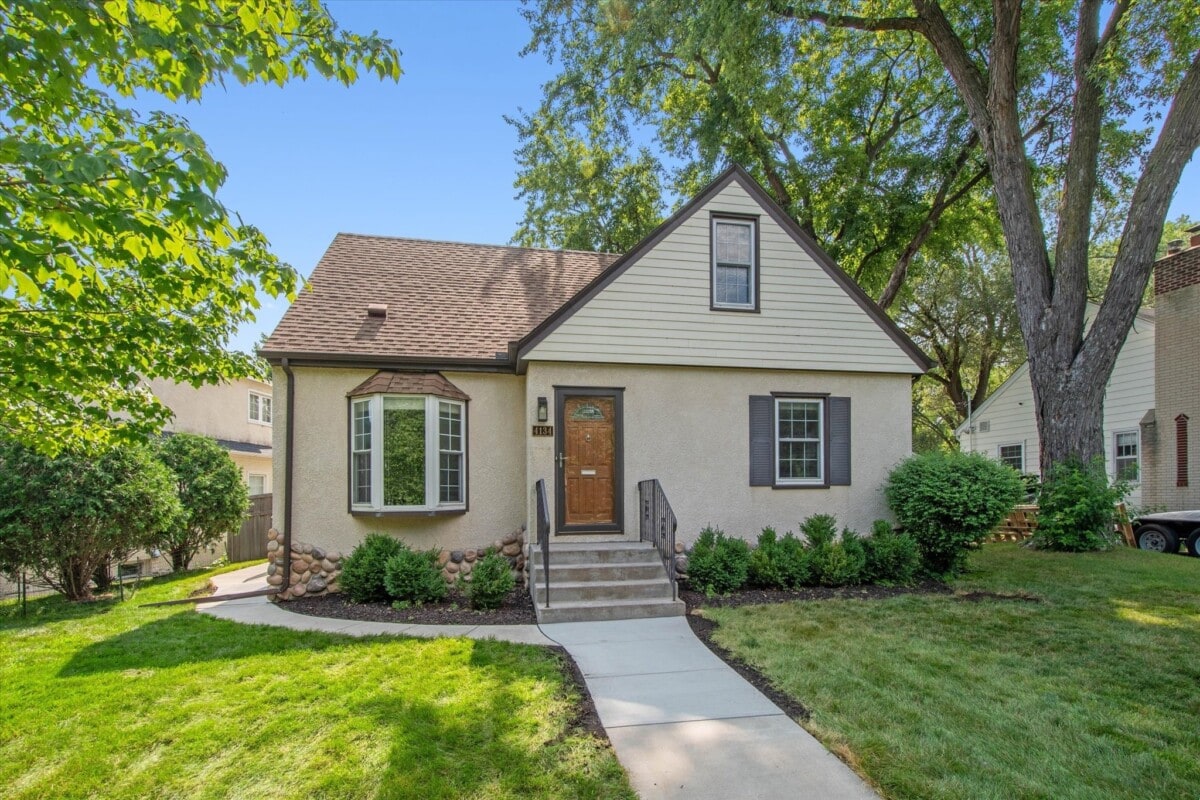DIY Dog House: 10 Expert Tips for a Cozy Build
Building a DIY dog house is a rewarding project, but it takes more than just a few pieces of plywood. Whether you’re crafting a compact indoor kennel in a Denver, CO home or constructing a weatherproof retreat in your Austin, TX backyard, the right approach makes all the difference. From selecting durable materials to ensuring safety and comfort, these expert-backed tips will guide you through every step. This Redfin article will help you design a DIY dog house your pup will love—indoors or out.
1. Build a solid, elevated foundation
“A strong foundation is key to a long-lasting dog house,” notes Kristen Korczynski of Tucson Doggie Doors. “Avoid placing it directly on the ground—instead, use cement, pavers, or pressure-treated wood to lift it up. If elevation isn’t possible, a composite floor can still provide weather resistance. That small change can make a huge difference in durability.”
2. Design for year-round durability
“As a coastal Florida-based real estate team, we always recommend weather-resistant materials like cedar or marine-grade plywood for dog houses,” recommends Studstill Realty Group. “These hold up well against Florida’s heat, humidity, and pests. Raising the floor improves airflow and helps keep things dry. And don’t underestimate a small covered porch—it offers shade, charm, and comfort, just like a front porch does for humans.”
3. Use eco-friendly, durable materials
“For the best results, opt for composite materials like ECOFLEX—they resist moisture, odors, and insects while being environmentally friendly,” explains Puppy Fever Pro. “A pitched roof helps shed rain and gives your dog room to stand. Elevated floors and snap-together parts reduce injury risk. Always size the house to your dog’s needs and consider extras like insulation, door flaps, or feeding stations.”
4. Regulate temperature with insulation and airflow
“To keep your dog house comfortable in any season, raise it off the ground and insulate with foam sheets between interior and exterior walls,” recommends Quality Dog Crates. “Seal cracks with non-toxic silicone and add adjustable vents on both sides. This helps regulate airflow and temperature year-round while protecting against moisture and drafts.”
5. Limit air gaps to preserve warmth
“When building a doghouse, seal every edge—no gaps in the walls or roof,” suggests Modern Builds. “Make the door just large enough for your dog to enter, which limits heat loss. And always face the door away from the wind so your dog stays warm and cozy during colder months.”

6. Consider safety and emotional well-being
“While a dog house may sound cozy, I always urge people to think twice before leaving dogs unsupervised outside,” advises Pack Fit. “Dog theft, breeding risks, and escapes due to instinctual drives are real concerns. Dogs thrive on companionship and interaction—physical shelter alone isn’t enough. If you do build one, use safe, insulated materials, keep the size just right, and think about features that enhance security and comfort.”
7. Think like a dog when designing
“Most dogs love small, cozy spaces—it’s why they crawl under beds,” explains Wild Oak Trail. “Build a snug shelter with vents and a soft bed instead of going big. Wheels and basic insulation make it more functional. A thoughtful design goes a long way in making your pup feel at home.”
8. Prioritize safe, natural indoor materials
“When building an indoor dog house, choose non-toxic materials like slatted hardwood or breathable fabrics that blend with your décor,” shares Mike Zhang of The Wooffy. “Avoid fragile pieces and ensure airflow with built-in vents. Keep the space just big enough for comfort, not excess. Extras like built-in storage or a nameplate add both function and charm.”
9. Make it multifunctional indoors
“If space is tight, design your indoor dog house to double as a piece of furniture,” suggests Pet Shell. “Think TV stand, bedside table, or bench with storage. Keep the space small to create a sense of safety, but avoid using it as a play zone for kids—it’s your dog’s space. Add insulation to block out noise, light, and heat.”
10. Create a cozy indoor kennel that blends in
“In Washington State, the weather can be unpredictable, so I built an indoor kennel that’s warm, quiet, and easy to clean,” says HR Construction and Design. “Pick a calm spot near natural light, use wood or laminate for the build, and add a gate for security. I mocked it up with cardboard first to test fit and flow, which helped a lot. Don’t forget a soft pad, good ventilation, and maybe even a night light for extra comfort.”
Source link







